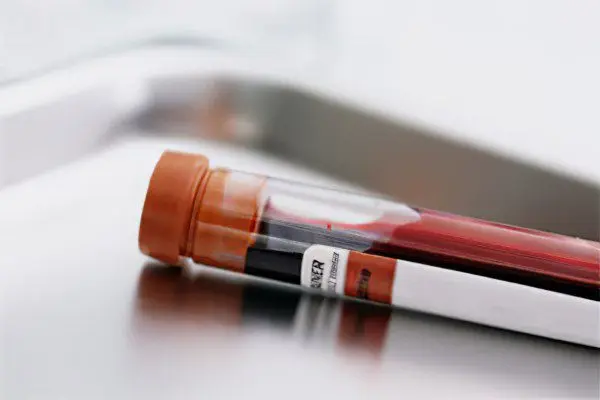Contents
One of the most important functions of the liver is the binding of blood bilirubin and its neutralization. In this way, the tissues of the body, primarily the brain, are protected from its toxic effects. This ability of the liver can be assessed thanks to a biochemical blood test to determine the level of total bilirubin, and, if necessary, each of its fractions.
Physiological basis of bilirubin metabolism

Bilirubin is a chemical pigment compound formed in the body during the breakdown of red blood cells that have completed their life cycle. The process of their destruction is carried out by the spleen. Through the system of portal veins, bilirubin with the blood flow is sent directly to the liver, where its biochemical transformations into a relatively less toxic substance for tissues are carried out. The central reaction of this process is the conjugation reaction with glucuronic acid. Neutralized bilirubin is excreted with bile through the bile ducts into the duodenum, giving it a specific color.
Origin of the names of different types of bilirubin
In medical terminology, each type of bilirubin, which corresponds to the stages of its metabolism, has its own name. There are such types of it:
total bilirubin. This is all the bilirubin in the blood that circulates in the systemic circulation;
Indirect bilirubin. This is the part of bilirubin that is formed as a result of the breakdown of red blood cells before conjugation in the liver;
direct bilirubin. This is the part of bilirubin that is excreted from the liver after its binding with glucuronic acid.
Normative indicators of bilirubin metabolism
It is impossible to assess the pathology without knowing the norm. In relation to bilirubin, it depends on age and is presented in the form of a table.
Type of bilirubin | Children 1-3 days of age | Children 3-6 days of age | Children after a month | Adults |
General | 24 to 190 µmol/l | 28 to 210 µmol/l | 3,5 to 20,4 µmol/l | 8 to 20,5 µmol/l |
Straight | 0,5-10,2 | 1-12,4 | 0-5,1 | 0-5,1 |
Indirect | 23,5-179,8 | 27-197,6 | Until 16,5 | Until 16,5 |
Fluctuations in the normal values of bilirubin in childhood, accompanied by its significant increase, are due to the accelerated decay of the so-called fetal erythrocytes. Their content in the blood of the fetus is much higher than in adults. Naturally, under such conditions, the level of bilirubin cannot remain at an identical level.
Pathology of bilirubin metabolism
From a practical point of view, physicians are interested in detecting elevated bilirubin numbers. This condition is called hyperbilirubinemia. If, upon detection of normal numbers of this pigment, the determination of its fractions is not required, then any hyperbilirubinemia requires such a procedure. The correct interpretation of the results obtained will reliably help in determining the pathology that caused jaundice.
The main groups of causes that cause hyperbilirubinemia, and the subtleties of its decoding are shown in the table.
The type of bilirubin that is elevated | Possible reasons |
Hyperbilirubinemia due to both of its fractions |
|
Hyperbilirubinemia with a predominant increase in direct |
|
Hyperbilirubinemia with a predominant increase in indirect |
|
The dangers of hyperbilirubinemia and how to eliminate it
Products of bilirubin metabolism have toxic properties in relation to body tissues. Of particular relevance is the toxic damage to the brain and heart. The severity of pathological effects is directly proportional to the degree of hyperbilirubinemia. A pronounced increase in the level of total bilirubin (more than 170 μmol / l) threatens the development of hepatic encephalopathy, renal and cardiopulmonary insufficiency. Hyperbilirubinemia over 300 µmol/l can be fatal.
Methods for treating disorders of bilirubin metabolism depend on the specific type of jaundice and can be represented by detoxification therapy, massive infusions, diuretics, hepatoprotectors, glucocorticoid hormones, and surgical treatment.









